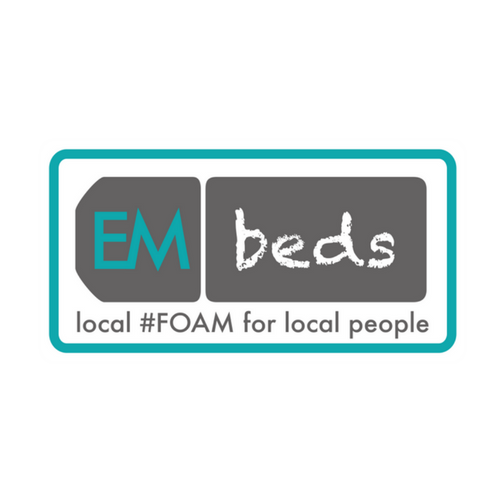Avian flu is droplet spread and can sometimes effect humans as well as birds. Severity varies in human cases varies widely from mild to severe and deaths have been reported.
Case Definition = Clinical Criteria + Exposure Criteria
Clinical Criteria – ANY of:
- Fever ≥ 38°C
- Acute respiratory symptoms (cough, hoarseness, nasal discharge or congestion, shortness of breath, sore throat, wheezing or sneezing)
- Other severe or life-threatening illness suggestive of an infectious process
Exposure Criteria – Either
- 10 days before the onset of symptoms close contact (within 1 metre) with:
- Live, dying or dead domestic poultry or wild birds, including live bird markets, in an area of the world affected by avian influenza**
- With any confirmed infected animal
- 10 days before the onset of symptoms, close contact* with:
- Confirmed human case of avian influenza
- Human case(s) of unexplained illness resulting in death from affected areas**
- Human cases of severe unexplained respiratory illness from affected areas**
*This includes handling laboratory specimens from cases without precautions, or within 1 metre, directly providing care, touching a case or within close vicinity of an aerosol generating procedure, from 1 day prior to symptom onset and for duration of symptoms or positive virological detection.
** HCID country list plus China & Oman. Unsure? Discuss with UKHSA Clinical/Public Health team (CPH).
1. Immediate Actions
On initial suspicion:
- Isolate the patient immediately in a side room, ideally under negative pressure.
- Minimise contact/exposure to staff and other patients
- Patient to wear a surgical mask unless on Oxygen therapy.
- Staff to wear personal protective equipment (PPE) – as a minimum this should be:
- Correctly fitted FFP3 respirator or equivalent (PAPR hood)
- Gown
- Gloves
- Eye protection.
2. Assess Against Case Definition
-
Yes, does meet case definition: manage as possible case. Caution: be aware of other travellers associated respiratory infections such as Legionnaire’s disease or MERS-CoV, if there is travel or potential exposure history for those infections.
-
Start oseltamivir treatment immediately if the patient meets case definition for avian influenza. For guidance on dosage refer to UKHSA guidance on the use of antiviral agents for the treatment and prophylaxis of seasonal influenza.
-
-
No, does not meet case definition: unlikely to be avian influenza – treat and investigate as clinically indicated for other infections or causes.
3. Actions For Possible Cases
- Prevent Transmission – Trust Guide HERE
-
Contact the duty/on-call microbiologist
-
if Avian Influenza is still possible after assessment and notify the IPC Team.
-
The microbiologist will notify UKHSA as appropriate.
-
- Start oseltamivir treatment immediately if the patient meets case definition for avian influenza. For guidance on dosage refer to UKHSA guidance on the use of antiviral agents for the treatment and prophylaxis of seasonal influenza.
- Viral swab in viral transport medium.
- Label the tube with the patient details
- Mark with a “Danger of Infection” sticker.
- Samples must not be put in the pod system – they should be hand delivered to pathology in a rigid container
Reference
